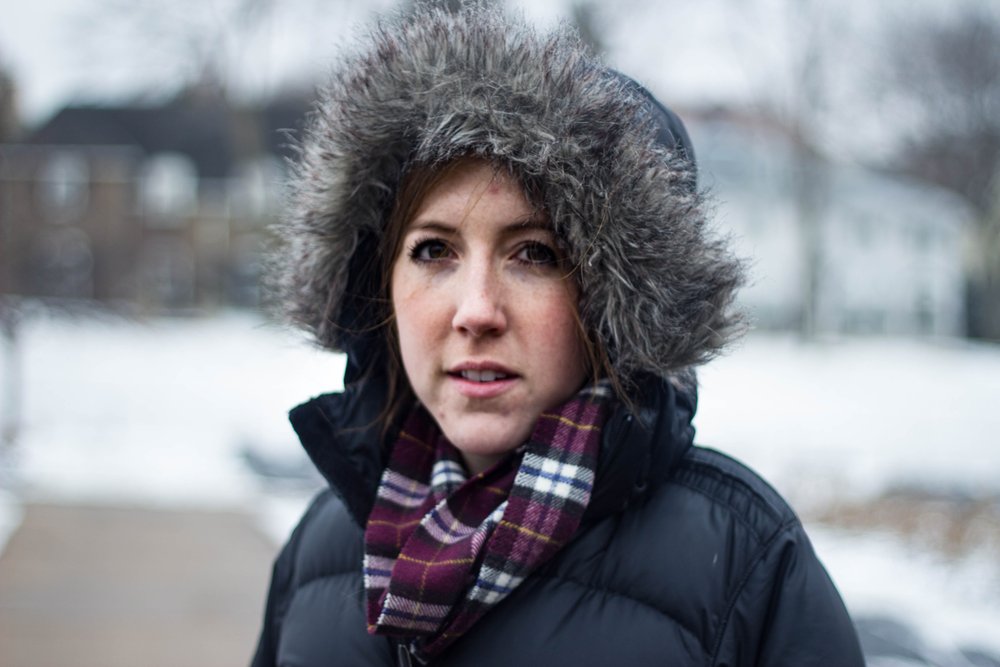Seasonal affective disorder (SAD) is a common struggle for many throughout the winter months. While any season of the year can bring about feelings of depression or stress, SAD is a specific type of depression that is most prevalent during this time of year as daylight becomes more sparse. The lower temperatures can make going outside more challenging, meaning individuals get less and less sunlight.
SAD can affect each individual differently and it is an extraordinarily difficult hurdle for those whose mental and emotional health is tied closely to their regular routines or are still navigating aspects of addiction or mental health recovery.
The Signs and Symptoms of Seasonal Affective Disorder
SAD is a common mental health disorder that is tied to a particular time of year. For many, this can include the winter months, thus leaving an individual feeling down or depressed as a significant amount of their time awake is during the night. The fleeting hours of daylight can also be compromised by cold temperatures, forcing individuals inside their homes all day rather than getting outside for exercise or fresh air.
Losing out on one’s usual coping strategies and regular routines can be incredibly difficult to cope with. Feeling stuck within the walls of one’s home can compromise one’s mental health as well. Coupled with the altered routines as a result of changing levels of daylight – such as sleeping in because of the later sunrise – SAD can impact not just an individual’s mood but also their regular functions and schedules. This can then dictate much of one’s lifestyle throughout the winter season.
Those suffering from SAD may experience:
- Persistent low mood or feelings of depression
- Loss of interest in hobbies
- Low mood as a result of inaccessibility to hobbies
- Difficulty maintaining a sleep schedule
- Mood swings
- Feelings of frustration
- Lethargy or low motivation
- Feelings of helplessness or stagnation
- Irregular eating habits (either gaining or losing weight)
- Difficulty focusing
Each individual may experience their own unique symptoms or combination of symptoms. However, some individuals may find this time of year more difficult than others. In contrast, others may experience SAD tied to multiple seasons, making this disorder a prevalent part of one’s life. The compromised sense of self-worth and lack of access to outdoor coping strategies can make relapse and urges even more prevalent for those in recovery from addiction.
Others who may have bipolar disorder can feel the accentuated effects of mood swings, pervasive feelings of depression and hopelessness, and an inconsistent mood and schedule. Discussing with one’s supports about how their unique situation may be impacted by SAD before moving into the dead of the season can allow each individual to develop personalized strategies. Doing so can also help to establish new routines to help quell some of the effects of SAD.
Preparing for the Winter Months
With the symptoms of SAD affecting each individual in potentially drastic ways, preparing for the winter months ahead of time can help each individual maintain a consistent set of coping skills to navigate the otherwise prevalent feelings of depression or inconsistency. Some ways individuals can prepare for the winter months include:
#1. Using Alarms and Lightboxes
The use of regular alarms indifferent to the hour of sunrise can keep one’s circadian rhythm in check. The use of lightboxes and light therapy can further aid in establishing a healthy routine while combatting the ever-prevalent night.
#2. Finding Indoor Activities
Likewise, knowing that one’s ability to tend to their outdoor interests, such as sports clubs or hiking trips, may be compromised due to inclement weather can help an individual prepare indoor coping strategies as a result. By practicing more indoor-accessible therapeutic routines, such as yoga, art, music, and more, individuals can ensure constant access to therapeutic outlets all months of the year.
#3. Keep In Contact
Adopting regular digital mediums for communication can also further support an individual during this time. Regular texts, phone calls, or group chats on various apps allow individuals to maintain a feeling of connection with friends, family, and supports when scheduling in-person reunions may be more difficult due to the limited daylight.
Overcoming Seasonal Affective Disorder
SAD is more prevalent than many may realize. However, despite the hurdles it can create, it is possible to address and overcome with the use of personalized approaches. Whether an individual is greatly affected or simply feels the “winter blues” coming on, SAD is something that can be tackled with the right tools and support.
Working alongside supports and professionals can help construct a plan for managing one’s symptoms of SAD. This can also provide ample resources to explore new therapeutic outlets and keep one’s recovery goals in check throughout any season of the year.
Seasonal affective disorder (SAD) is a complicated and challenging kind of depression that can turn entire months of the year into a constant struggle. At Everlast Recovery Centers, located in Riverside, California, we understand the unique hurdles created by the changing seasons and are prepared to help you navigate this winter season in a healthy, sober, and safe way. We offer an array of therapeutic programs designed to be personalized to your unique needs and goals, backed with a comfortable, homey atmosphere and a supportive and inviting community of peers and professionals. With art, music, yoga, mindfulness, and much more, we can help you develop and implement effective coping strategies in your recovery toolkit that are applicable throughout all seasons of the year. For more information on how we can help you, or to speak to a caring, trained staff member about your unique situation, call Everlast today at (866) 388-6925.





